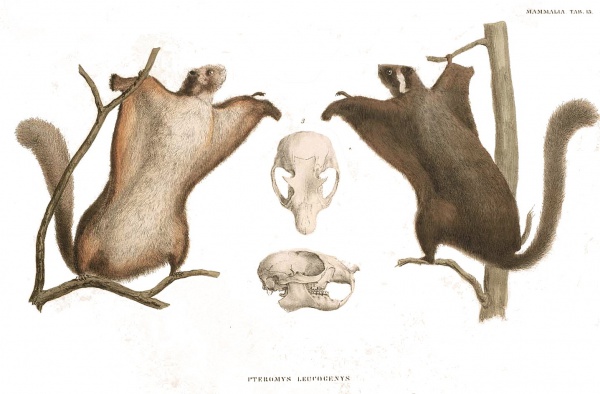Facts About Japanese giant flying squirrel
The Japanese giant flying squirrel is a fascinating creature native to Japan. You can find these remarkable animals in the sub-alpine and boreal evergreen forests of Honshu, Shikoku, and Kyushu islands. They belong to the genus *Petaurista* and are renowned for their impressive gliding abilities, facilitated by a special membrane that stretches from their wrists to their ankles.
These squirrels primarily feed on fruits and seeds. They reproduce once a year, typically in the autumn, and tend to have one or two offspring in their cozy tree dens. Fortunately, they are not facing any major threats and are relatively common. Therefore, the International Union for Conservation of Nature (IUCN) has classified them as a species of "least concern."
Habitat
The Japanese giant flying squirrel inhabits the forests of Honshu, Kyushu, and Shikoku islands in Japan. They can also be spotted in Guangzhou, China.
Lifestyle
These squirrels are akin to the acrobats of the forest, capable of gliding through the air for up to 160 meters, thanks to the skin flaps between their legs. They have a body length of approximately 25-50 cm and a tail that adds another 30-40 cm, with a weight range of 700 to 1500 grams. This makes them larger than their relatives, the Japanese dwarf flying squirrels.
Their diet primarily consists of fruits and nuts. They usually inhabit tree hollows, which provide a secure environment for raising their young. They reach sexual maturity around two years of age, and males begin competing for mates from winter to early summer. Interestingly, after mating, males produce a copulatory plug, which helps ensure their paternity and prevents other males from mating with the same female.
The gestation period lasts about 74 days, and the young typically make their appearance in early autumn. Usually, a mother will have one or two babies at a time.
